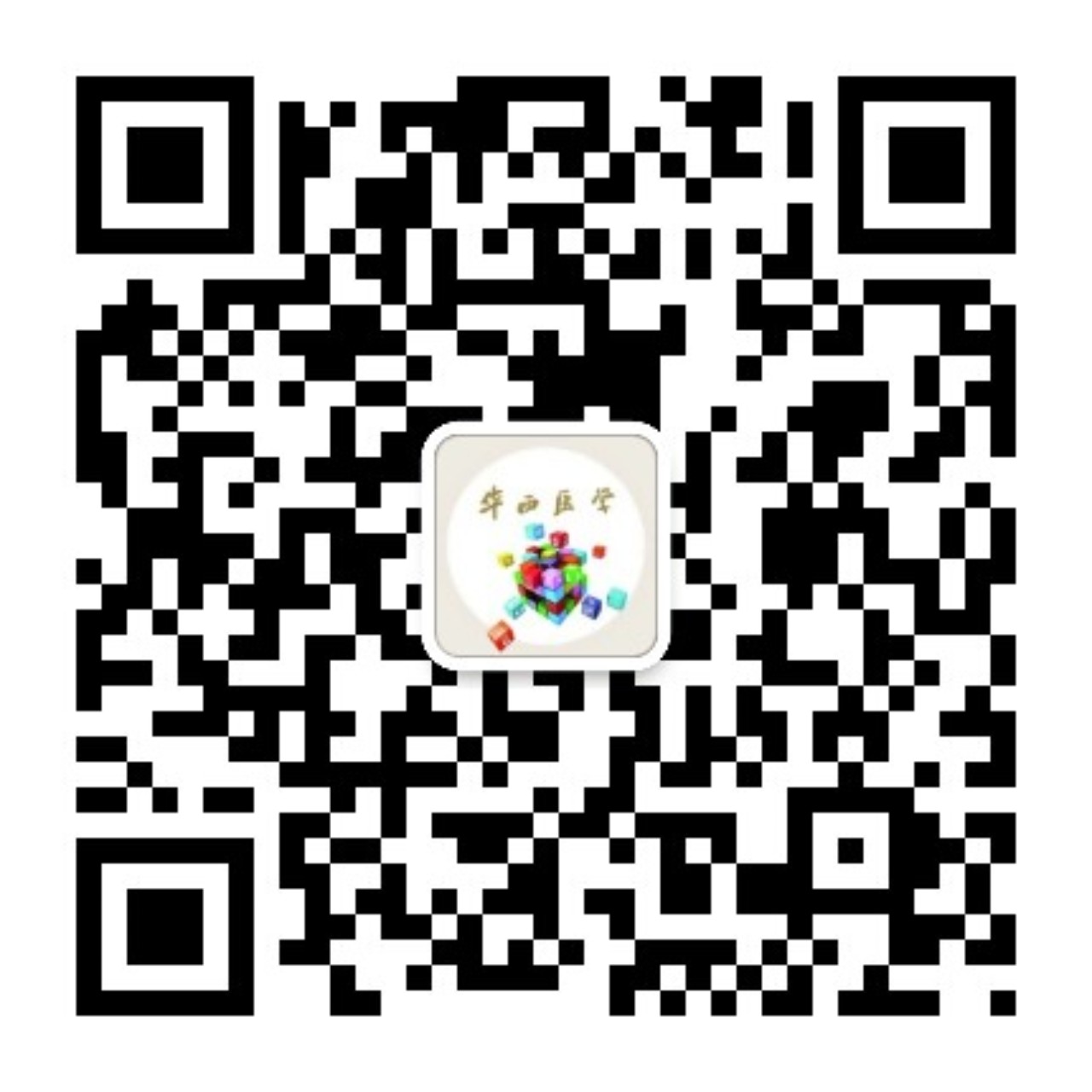| 1. |
Nagamitsu S, Matsuishi T, Hashimoto K, et al. Multicenter studyof paroxysmal dyskinesias in Japan:clinical and pedigree analysis[J]. Mov Disord, 1999, 14(4):658-663.
|
| 2. |
O'Riordan S, Raymond D, Lynch T, et al. Age at onset as a factorin determining the phenotype of primary torsion dystonia[J]. Neurology, 2004, 63(8):1423-1426.
|
| 3. |
張麗萍, 陳眉, 黃曉明, 等. 發作性運動誘發性舞蹈指痙癥國內文獻報道216例分析[J].中國神經精神疾病雜志, 2007, 33(10):617-619.
|
| 4. |
唐宇鳳, 周東, 林旭, 等. 發作性運動誘發肌張力障礙的臨床與視頻腦電圖研究[J]. 現代預防醫學, 2007, 34(4):881-882.
|
| 5. |
黃遠桂, 黃旌, 陳云春, 等. 41例發作性運動誘發性運動障礙臨床與神經電生理分析[J]. 中國神經精神疾病雜志, 2004, 30(3):181-189.
|
| 6. |
LeDoux MS. The genetics of dystonias[J]. Adv Genet, 2012, 79:35-85.
|
| 7. |
Wider C, Melquist S, Hauf M, et al. Study of a Swiss dopa-responsive dystonia family with a deletion in GCH1:redefining DYT14 as DYT5[J]. Neurology, 2008, 70(16 Pt2):1377-1383.
|
| 8. |
Li HF, Chen WJ, Ni W, et al. PRRT2 mutation correlated with phenotypeof paroxysmal kinesigenic dyskinesia and drug response[J]. Neurology, 2013, 80(16):1534-1535.
|
| 9. |
Chen WJ, Lin Y, Xiong ZQ, et al. Exome sequencing identifies truncatingmutations in PRRT2 that cause paroxysmal kinesigenicdyskinesia[J]. Nat Genet, 2011, 43(12):1252-1255.
|
| 10. |
中華醫學會神經病學分會帕金森病及運動障礙學組. 肌張力障礙診斷與治療指南[J]. 中華神經科雜志, 2008, 41(8):570-573.
|




